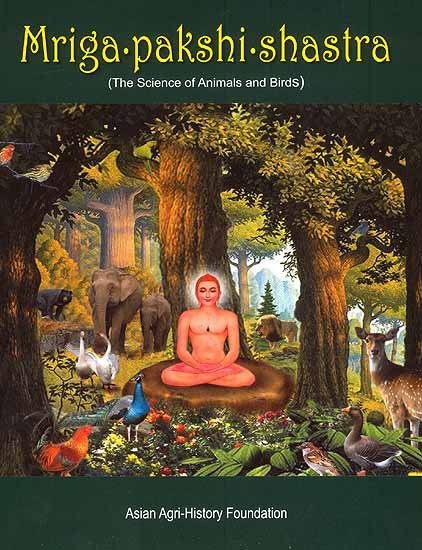Animal Kingdom (Tiryak) in Epics
by Saranya P.S | 2019 | 51,616 words | ISBN-10: 8190396315 | ISBN-13: 9788190396318
An English study the Animal Kingdom (Tiryak) in Epics.—The present thesis is based entirely on Ramayana and Mahabharata although an attempt is made to analytically compare the Animal kingdom with Mriga-pakshi-shastra—‘The ancient Indian science of of Animals and Birds’....
Chapter 5.1 - The Origin of Serpents
Apart from those mentioned in the Puranas, there are also statements about the origin of serpents in the Mahabharata, the Adiparva and in the Aranyakanda of Valmiki Ramayana. In all these we observe certain minor differences in the descriptions. The two words snakes and serpents are normally used synonymously. But in Manusmriti they are used to mean different categories. According to Amarakosha, they are synonyms. According to the “Puranolpatti” the origin of snakes is described thus.
Aditi, Diti, Danu,Arishta, Surasa, Surabhi, Vinata, Tamra, Krodhavasha, Ira, Kadru, Khasha and Muni are said to be the wives of Kashyapa. Among these ‘Surasa’ is the mother of serpents and Kadru is the mother of nagas. But in some places, Kadru is called the mother of serpents and Surasa the mother of nagas. Nagas and Uragas are 2 categories of the genre of serpents. Naga as sarpa, snake and serpent, are often used to mean the same thing.
But Manusmriti says that snakes and serpents are two different categories (1-37). In Amarakosha they are said to be synonyms. Depending on the difference in shape, they are called snakes and serpents. Generally snakes are Vaishnava and serpents are Shaiva.1
| Ananta (Snake) | Vasuki (Serpent) |
| These are not poisonous | Poisonous |
| They can’t see. | Can see |
| They are less annoyed. | More annoyed. |
They are two forms of the static and dynamic nature. Snakes are static and they permanently dwell in a place. But serpents are dynamic and they are omnipresent.
Nagas stay in the Hades. Serpents are believed to be the symbols carrying the form of the nagas on the earth. There is nothing wrong in driving away nagas because of fear. It is supposed that serpents will harm only because of one’s adverse times. In the ancient Itihasas, no distinction is made between the nagas and serpents.
In the Puranas, even the serpents are divided into castes.[1]
Ashtanagas are categorised into four.[2]
Ananta — Brahmin;
Vasuki and Shankhapala — Kshatriya;
Takshaka and Mahapadma — Vaishya;
Karkotaka, Padma, and Gulika — Shudra;
Footnotes and references:
[1]:
Nagaradhana keralathil.p.37
[2]:
Vasukipuranam [Vasuki Purana] p.61
